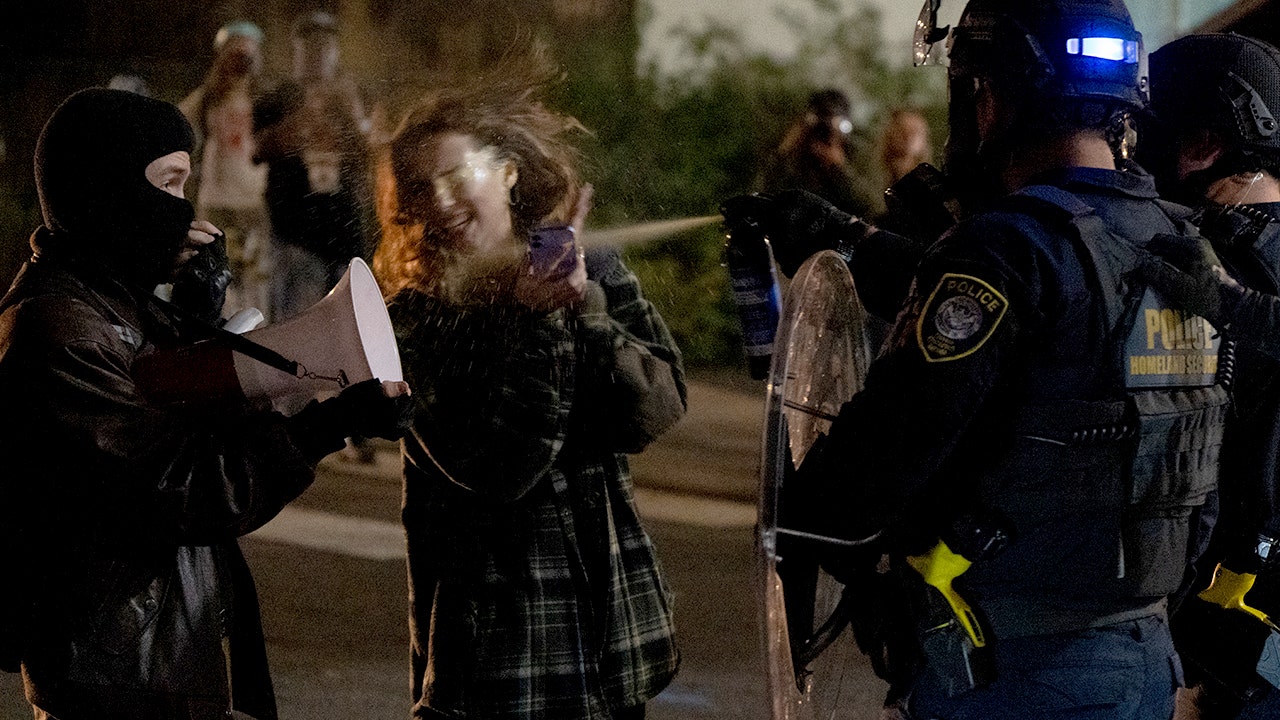“I find it both ironic and vindicating that the seemingly harmlessly named Community Relations Service, created in 1964, now stands as living proof of what for decades were dismissed as “right-wing conspiracies,” even as the deeper networks that guided it remain only partly exposed.
We were told it was sheer fantasy to imagine that Washington directed demographic change, that it stage-managed the unrest which followed, that it choreographed demonstrations and pressed White communities into silence. Yet this is precisely what the Service carried out, and what it even recorded with pride in its own official history. What had been mocked as “paranoia” by the Regime and its acolytes has in truth been revealed as official policy.
Do you remember the Summer of Floyd, when American cities burned and whole districts were reduced to smoke and ruin? Billions in property were destroyed. Entire lives were overturned. Whole neighborhoods were left disfigured. We were told this was the breaking point, that one man’s death had become the spark which ignited decades of “grievance.” The media assured us it was spontaneous, an eruption of “sorrow” no one could have foreseen. Yet the mark of design was plain to any who looked with unclouded eyes. The marches moved with precision. The puerile slogans appeared as if printed in advance. The cameras stood ready before the first glass was broken, as if waiting for the spark to catch. Such orchestration was not chance, but the work of an agency whose charge from the beginning had been to guide disorder and to harness it in the service of demographic transformation.
Christopher Caldwell was right to argue that the Civil Rights Act was not reform, not the “righting of centuries of injustice,” but a revolution by other means, a rival constitution erected beside the old. Buried in its provisions was the Community Relations Service, draped in the language of “conciliation” and “healing,” yet designed for enforcement. Its founders spoke without shame of preventing “White backlash,” and from its first moment it carried out that mission under a veil of secrecy. Its agents, styled conciliators, were exempt from the Freedom of Information Act. Its notes were destroyed as a matter of policy. Its officers were shielded by privileges of confidentiality that could be invoked even against Congress or the courts. What was presented as reconciliation was in truth the hidden apparatus of control, silencing those who resisted.
The record leaves little doubt. In Selma in 1965, it was CRS that arranged the march later remembered as a “moral awakening.” In Boston in the 1970s, as forced busing tore through neighborhoods, CRS placed itself between parents and authorities. It did not defend children who were assaulted but instead worked to prevent the community itself from resisting. In Florida during the Trayvon Martin affair, CRS coordinated demonstrations. It trained activists. It staged appearances that transformed a local case into a national drama. Each episode, passed down as the spontaneous voice of “conscience,” was in truth the managed product of the same bureau.
The reach of CRS extended further still. In the 1990s it was directly involved in the resettlement of Haitians paroled from detention, urging towns to absorb new arrivals and pressing families who had suffered violence to temper their words. The same hand appeared in Minnesota as Somali populations multiplied under federal placement. CRS agents arrived whenever resentment threatened to rise. Families were counseled into silence. Leaders were warned against protest. Entire communities were compelled to accept changes they had never chosen by any authentic “democratic process.” What was praised as “peace” was in truth submission. What was described as “justice” was only the quiet enforcement of obedience.
Until recently, every episode of unrest was neutralized by the CRS and its conciliators. Any act of resistance was quickly stifled, any spark that might have threatened to catch fire smothered before it could spread. What began as the management of “race relations” soon expanded into something larger, the shaping of the nation itself, until no corner of civic or cultural life was beyond its reach. The transformation was not confined to demographics, but to the very terms of belonging, the meaning of justice, and the bounds of truth itself.
The same methods that once silenced parents in Boston or neighbors in Minnesota had long since been absorbed into the wider Regime. When White victims fell to BIPOC violence, families were pressed to temper their words and communities were counseled into silence. That same logic was carried into the cult of “gender identity,” where mutilation was hailed as progress and rebellion against nature was paraded as liberation. Even the manifestos of trans killers were suppressed when they threatened to reveal too much, locked away lest they expose the ideology the Regime had come to sanctify. None of this was organic, nor the eruption of conscience, but the continuation of a program conceived in 1964, refined in the decades that followed, and carried forward long after the agency itself was scattered. The names changed, the banners shifted, but the hand that directed endured, shaping a people taught that to question was paranoia, and to resist was sin.
The agency has now been scattered, and as of October 2025 it appears abolished, or at least reduced to irrelevance. Yet its methods remain. Outrage is still managed, grief still scripted, and the American people are still reshaped without consent. The institution may have vanished in name, but the order it served and the ideology that sustained it endures. The agency is gone, but the hand remains.”


